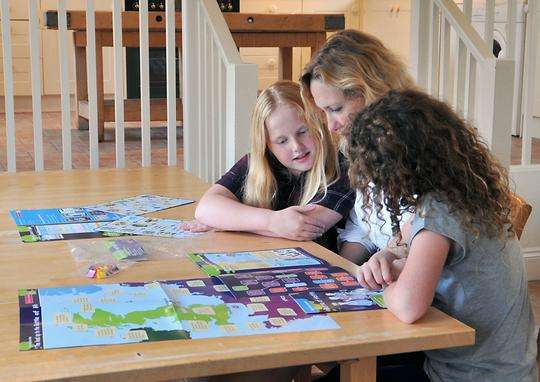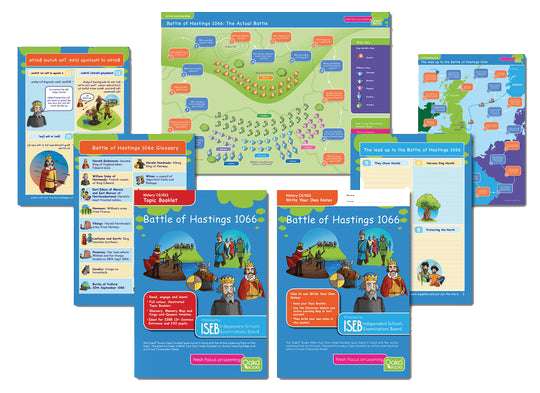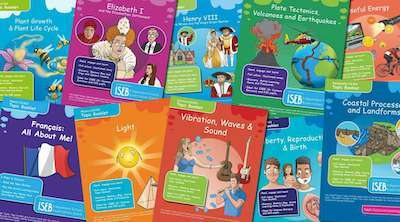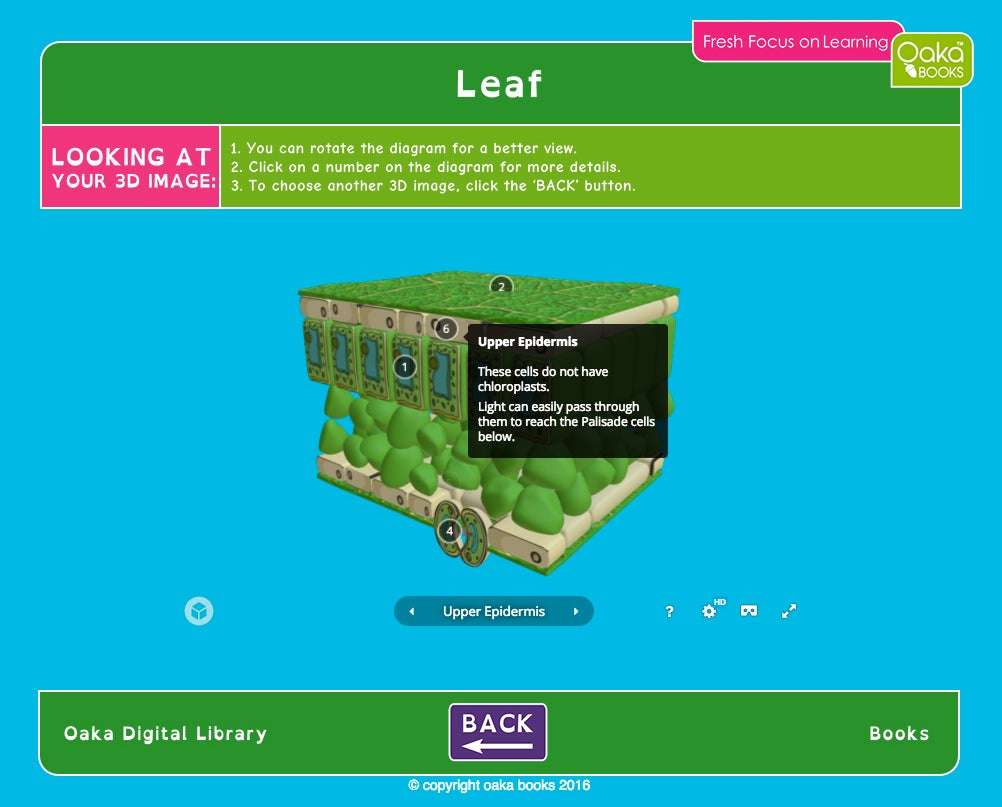
There’s a new buzzword in teaching and learning: metacognition. It means understanding your own thought processes – thinking about thinking.
Now being taught in schools all over the UK it is expected to spread to many more. Introducing metacognition to the classroom improves results and gives children a valuable insight into their own learning, improving confidence too. Studies have shown that using metacognition gives better results than lowering class sizes or extra homework.
Metacognition is taught through philosophy and reflective learning. It encourages children to assess how they feel in their learning – whether they are stuck or are doing well. It focuses on improvement and a growth mindset and sees failure as an opportunity to grow.
With reflection pupils feel empowered and in control of their learning, rather than passive. They can identify their strengths and weaknesses, their obstacles and preferences. It continues the move further away from the Victorian idea of rote memorisation and pupils having facts drummed into them.
For different learning styles it is an invaluable tool. Children can understand that they learn better with illustrations – that they are visual learners. There is no stigma attached and pupils can be more proactive about asking for material to be translated into their style or to find the right resources for them.
Metacognition encourages pupils to learn in the best way for them. That could be through physical activity, storytelling, or presentations. By asking children to think about how they think, schools and teachers can respond to that and it should see a greater variation of teaching catering to the different needs of learning styles. It’s a knowledge that will help them their whole lives, throughout school and their career.





